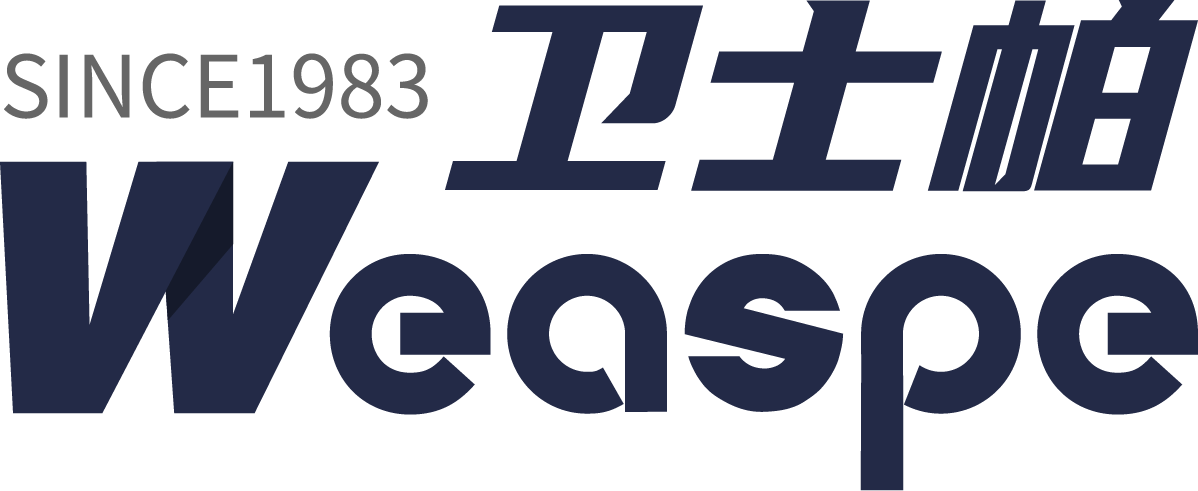hydroformed alloy frame
A hydroformed alloy frame represents a pinnacle of modern manufacturing technology, combining advanced metallurgy with innovative forming processes. This sophisticated component is created through a precise hydroforming process, where high-pressure fluid is used to shape aluminum or other metal alloys into complex, seamless structures. The frame's design allows for optimal strength-to-weight ratios, making it particularly valuable in automotive, aerospace, and recreational vehicle applications. The manufacturing process begins with a hollow tube of premium alloy material, which is placed into specialized dies. Highly pressurized fluid, often reaching pressures of up to 100,000 PSI, then forces the metal to conform to the die's shape, creating precise geometries that would be impossible to achieve through traditional stamping or welding methods. The resulting frame exhibits superior structural integrity, enhanced durability, and remarkable resistance to stress and fatigue. This technology enables manufacturers to create complex shapes while maintaining consistent wall thickness and structural properties throughout the entire frame. The versatility of hydroformed alloy frames makes them ideal for applications requiring both strength and lightweight construction, from high-performance vehicles to advanced industrial equipment.



